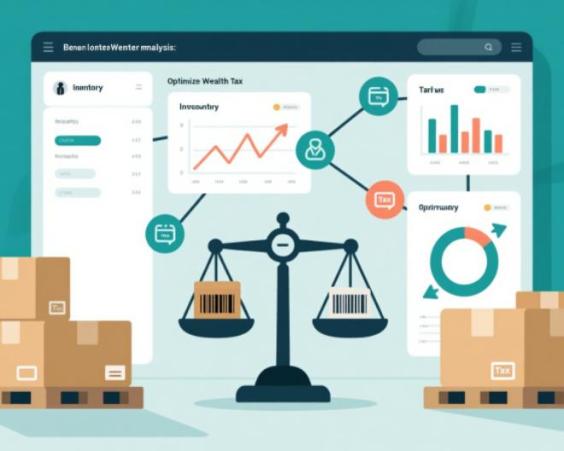The Power of Omnichannel Strategies in Customer Loyalty
In the current digital age, businesses face a constant challenge to maintain customer loyalty in an increasingly competitive market. The key to achieving this lies in the implementation of omnichannel strategies that allow businesses to interact with their customers in a consistent and personalized manner across all communication channels. In this article, we will explore the power of omnichannel strategies in customer loyalty and how they can help businesses improve their relationship with customers and increase their loyalty.

What are omnichannel strategies?
Omnichannel strategies refer to the integration of all communication and sales channels of a company into a single platform, allowing customers to interact with the brand in a consistent and personalized manner across all channels. This includes physical channels such as stores and customer service centers, digital channels such as websites and social networks, and mobile channels such as apps and text messages.
Benefits of omnichannel strategies
Omnichannel strategies offer several benefits for businesses that implement them, including:
- Improved customer experience: Omnichannel strategies allow customers to interact with the brand in a consistent and personalized manner across all channels, improving their experience and satisfaction.
- Increased customer loyalty: By offering a consistent and personalized experience across all channels, businesses can increase customer loyalty and reduce churn rate.
- Improved operational efficiency: Omnichannel strategies allow businesses to automate and optimize their processes, reducing costs and improving operational efficiency.
- Improved decision making: Omnichannel strategies provide businesses with a comprehensive view of customer interaction across all channels, enabling informed decision making and improving marketing strategy.
How to implement omnichannel strategies for customer loyalty
To implement effective omnichannel strategies for customer loyalty, businesses must follow the following steps:
Step 1: Define the marketing strategy
The first stage is to define the marketing strategy and establish clear objectives for customer loyalty. This includes identifying the target audience, setting goals and objectives, and defining the communication strategy.
Step 2: Integrate communication channels
The second stage is to integrate the company's communication and sales channels into a single platform. This includes integrating physical, digital, and mobile channels, and implementing technologies such as CRM and marketing automation.
Step 3: Personalize the customer experience
The third stage is to personalize the customer experience across all channels. This includes implementing technologies such as segmentation and personalization, and creating relevant and personalized content for each customer.
Step 4: Measure and evaluate performance
The fourth stage is to measure and evaluate the performance of the omnichannel strategy. This includes implementing metrics and KPIs, and evaluating performance based on established objectives.
Omnichannel strategies are a powerful tool for customer loyalty in the current digital age. By implementing omnichannel strategies, businesses can improve the customer experience, increase customer loyalty, improve operational efficiency, and make informed decisions. To implement effective omnichannel strategies, businesses must define the marketing strategy, integrate communication channels, personalize the customer experience, and measure and evaluate performance.






